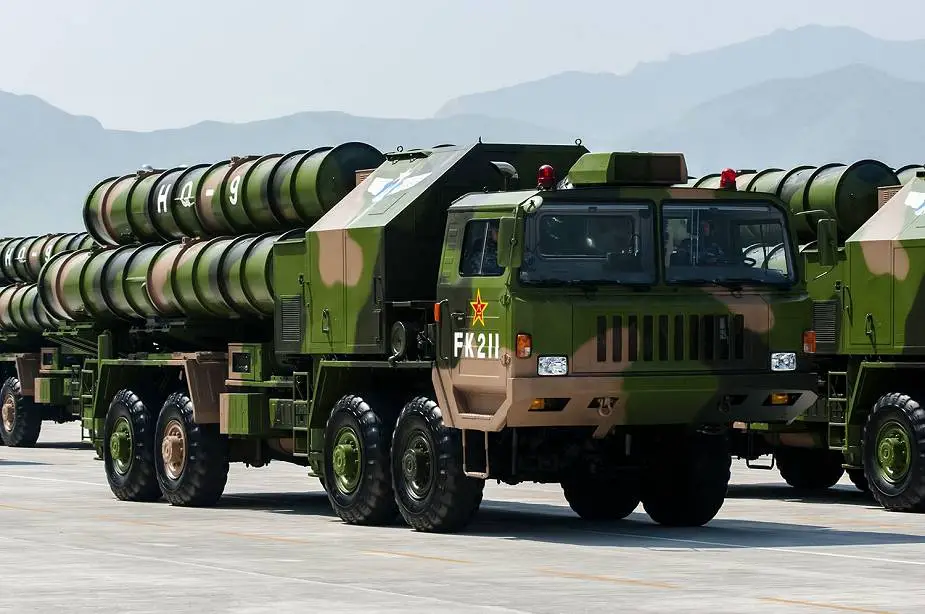China has reportedly deployed batteries of HQ-9 air defense missile systems to the Chumbi valley of Tibet, on the border with the northeastern Indian state of Sikkim and the independent kingdom of Bhutan. The Chinese People’s Liberation Army (PLA) is reportedly constructing a surface-to-air missile site as well as other infrastructure on the banks of the Mansarovar Lake in the India-Nepal-China tri-junction area near the Lipulekh pass. The place was notably a hotbed for clashes during the 1962 Sino-Indian war and adjoins the Doklam Plateau, which saw a fierce stand-off between Indian and PLA troops in 2017.
Since 5 May 2020, Chinese and Indian troops have engaged in aggressive melee, face-offs and skirmishes at locations along the Sino-Indian border, including near the disputed Pangong Lake in Ladakh and the Tibet Autonomous Region, and near the border between Sikkim and the Tibet Autonomous Region. Additional clashes also took place at locations in eastern Ladakh along the Line of Actual Control (LAC). In May 2020, 15 to 20 Indian soldiers were involved in hand-to-hand fighting with Chinese soldiers at a high altitude picket in north Sikkim. Chinese and Indian armed forces continue to deploy military equipment including combat vehicles and air defense missile systems to Sikkim and the Tibet Autonomous Region.
The Indian Air Force maintains a strong presence of its ighters, the Su-30MKI and the MiG-21 ‘Bisons’ in the region. Either way, more Chinese anti-aircraft missiles in Tibet will be another headache for Indian military planners faced with Chinese incursions along the 2,500-mile Sino-Indian border. Roughly 50 km from Naku La and Doka La passes, both surface to air missiles sites would close the existing air defense gap around the earlier clash zones. India has been noted running regular intelligence surveillance & reconnaissance missions in this sector during these standoffs fielding a variety of assets including the Boeing P-8 patrol aircraft.
The HQ-9 (Red Banner-9) is a medium- to long-range, active radar homing surface-to-air missile (SAM) system manufactured by the Defense Company CPMIEC (China Precision Machinery Import & Export Corporation). It resembles the Russian S300 system but China is assessed to have developed variants of the system with a longer range, potentially up to 230 kilometers. Similar in capability to the Russian S-300 and American Patriot systems, the HQ-9 uses a HT-233 PESA radar system. The most basic formation of a HQ-9 batteries consisted of one Type 305B search radar, one tracking radar, one 200 kW Diesel generator truck, and eight transporter erector launchers (TELs) each with 4 missiles, totaling 32 rounds ready to fire.












